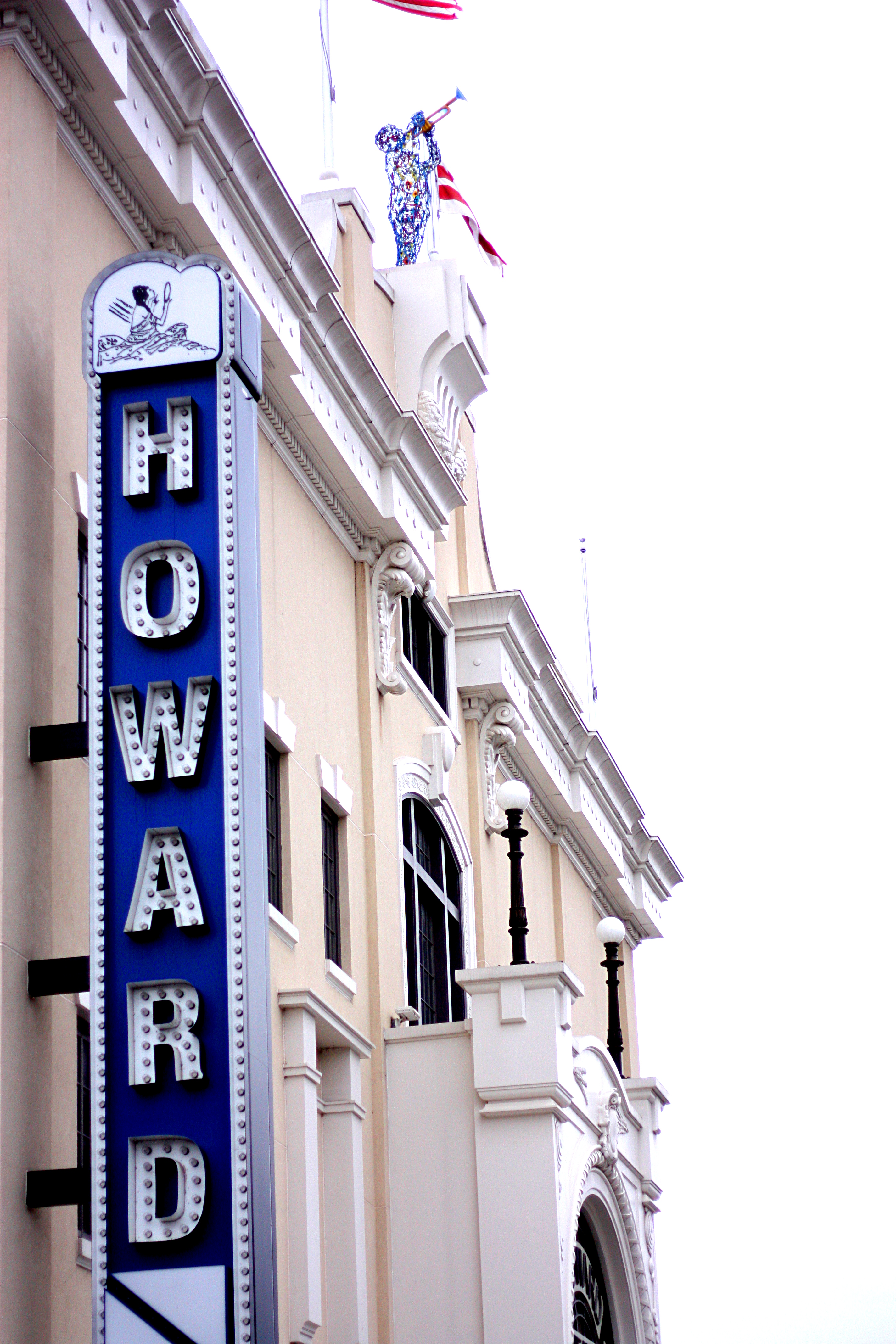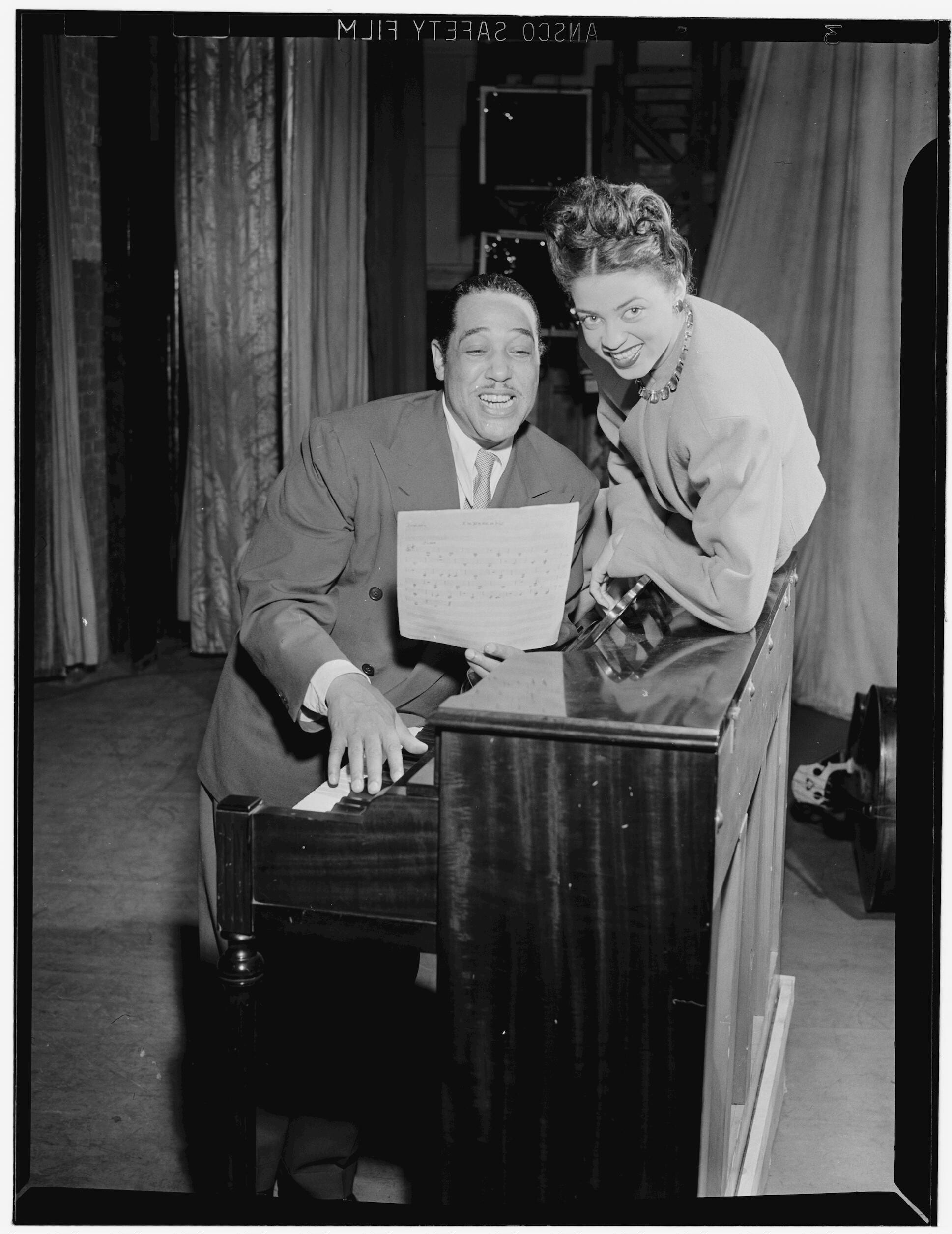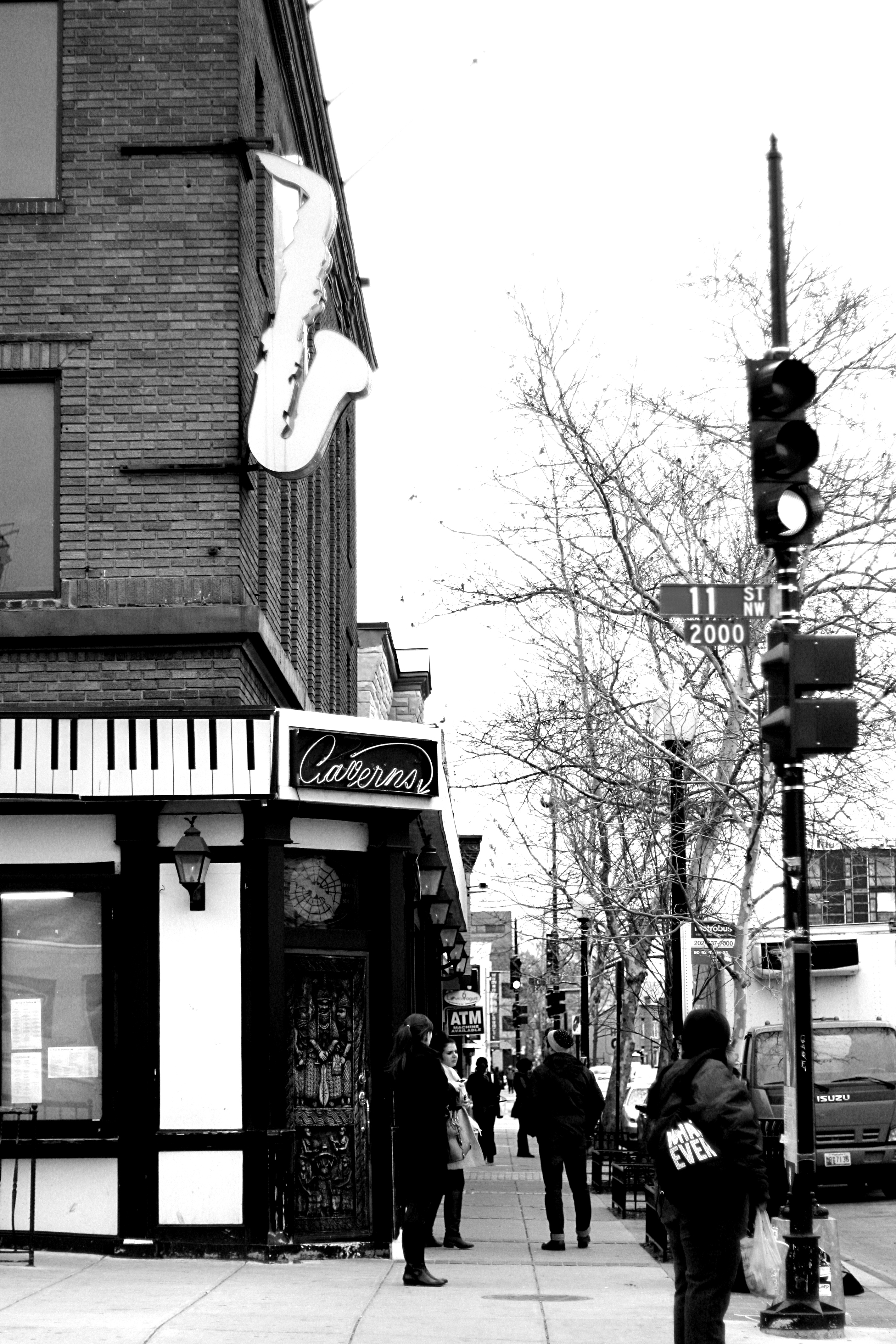Black Broadway: Shaw's History as an African American Cultural Hub

Was It Always Like This?
On Friday night in Washington, D.C.’s Shaw neighborhood, crowds of people fill the sidewalks, spilling out onto U Street. They choose between dozens of bars and
venues which cater to every taste and demographic. After they get tired of one place, they move to another. Lines form as bouncers squint suspiciously at IDs
and passports from all over the world. Music is playing. People are having fun. Business is good.

Rewind to the 1920’s and see a similar but segregated scene. Washington enacted strict Jim Crow laws in the early 20th Century targeting parks, schools, and
businesses. African Americans, many attracted to the District’s booming job market, formed tight communities to support each other and thrive. Howard
University and Dunbar High School, both prestigious African American institutions, anchored Shaw and provided opportunities not found in much of the U.S.
Well-paying federal jobs supported a large middle class. Shaw was the center of black culture in America before the Harlem Renaissance began. Musical legends
like Duke Ellington and Shirley Horn came of age here. They performed jazz, R&B, soul, and the blues at nationally renowned venues like the Howard Theatre
and Bohemian Caverns. Later, in the 1940’s, Shaw resident Ahmet Ertegun founded the Atlantic Records label and brought Southern soul and rock to America.
Total Loss
Well into the 1960’s, Shaw continued to be a strong, tight-knit neighborhood. Following Dr. Martin Luther King's assassination in 1968, however, riots ripped
through established African American enclaves in Washington. Looters burned and gutted blocks upon blocks of businesses, leaving nothing behind. The National
Guard instituted a curfew and D.C.’s mayor, Walter Washington, resisted pressure from the FBI to shoot rioters on site. Shaw’s residents, in an act of
self-immolation brought on by anger and fear, reduced the area to an uninhabitable pile of ashes and rubble from which it would not recover for forty years.
Out of the Ashes
Despite decades of urban blight following the '68 riots, Shaw was caught up in D.C.’s recent wave of gentrification and recovered to become a dining,
shopping, and entertainment destination. Concert halls like the 9:30 Club, U Street Music Hall, and DC9 have transformed the area from a jazz Mecca to a
trendy alternative scene. Despite the transformation, legacy venues like Bohemian Caverns, the Lincoln Theatre, and the Howard Theatre have all reopened to
serve their original purpose. In the face of drastic change, Shaw successfully embraces its history in the context of a more diverse clientele.

Business owners like Derek Brown, proprietor of Southern Efficiency, Mockingbird Hill, and Eat the Rich seek to serve this close knit and rebounding
community. Eat the Rich is located in the exact spot where Brown shopped for vinyl as a child at the Waxie Maxie record store. Interestingly enough, Waxie
Maxie's owner, Max Silverman, floated one of several loans which led to the founding of Atlantic Records. He’s proud of his neighborhood’s past: “People
tend to put Shaw in a box, especially post-1968. But the life span of a neighborhood is more than 45 years. We're glad to be part of its ongoing legacy.”
Tony Lucca, owner of 1905 Bistro & Bar, looks toward the future: ”We still face the same challenges that others face throughout urban cores everywhere, but
Shaw does seem to be moving in the right direction in terms of safety, cleanliness, a mix of housing options, and services.”